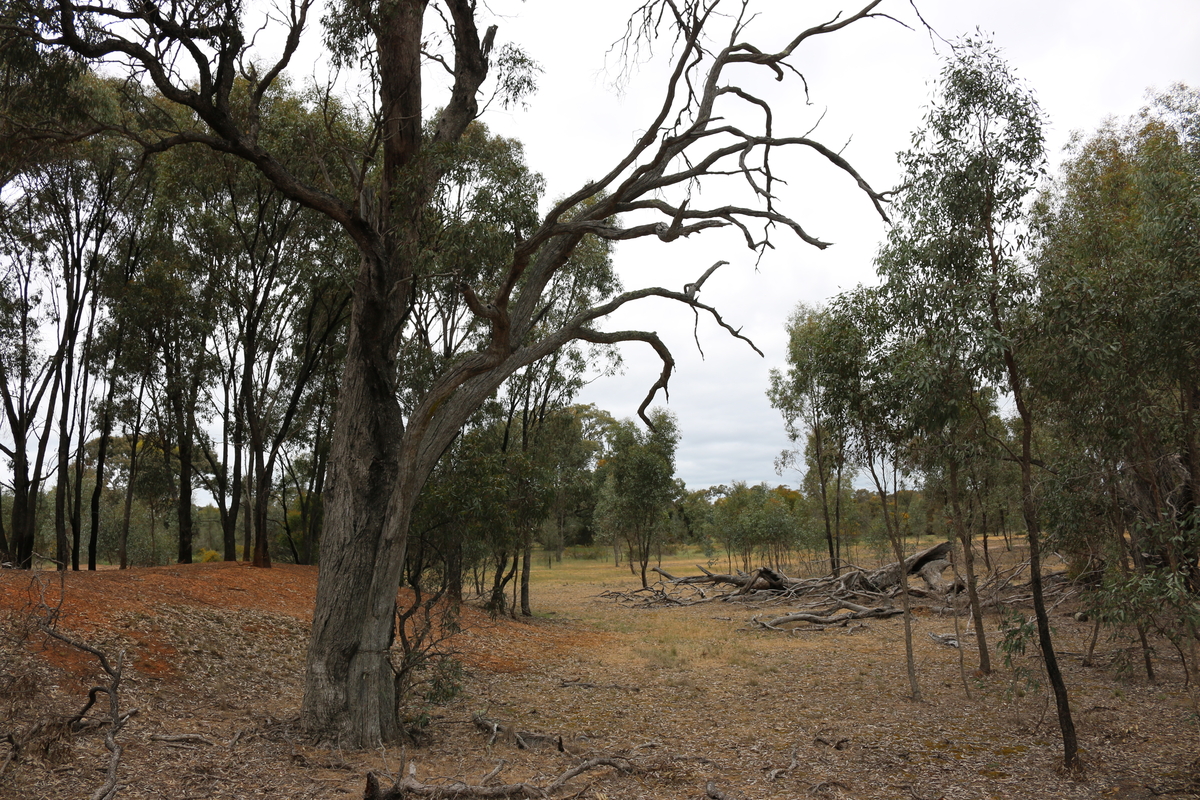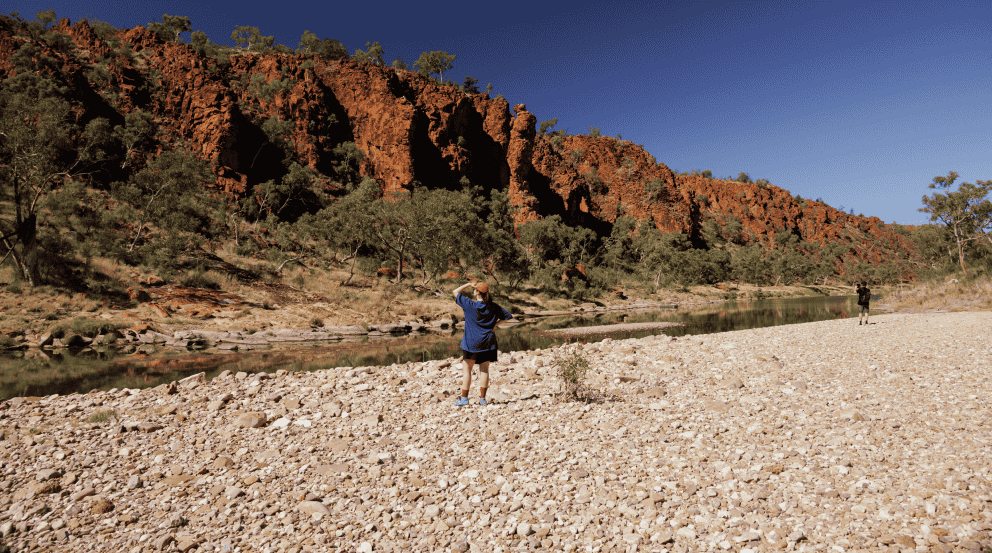Meet Robyn and John Ive, owners of Talaheni, a 250-hectare property in the Yass Valley, NSW. Robyn is a passionate quilter, knitter and the farm’s Chief Financial Officer, and whips up a great brownie too. John brings his background from growing up on a farming property in Victoria, and his agricultural science background to a remarkable partnership that’s lasted more than 40 years and is changing the way that farmers think about soil, farming practices and pasture management.
The Ives bought Talaheni in 1980 when locals regarded the property as a basket case, affected by overgrazing, salinity, erosion and acidic soils. This sobering assessment led them to name their property– Talaheni– which means ‘wait-a-while’, as they dove headlong into a challenging journey which has completely transformed the land and now offers a best practice example of how regenerative agriculture can work in Australia.
John and Robyn mapped the property, including topography, geology and water flow, and completely changed the fencing layout, replacing the standard checkerboard pattern with smaller paddocks that recognised soil type, slope and aspect. They identified areas where rainfall quickly infiltrated (draining deeper than the plant root systems can tap), and planted fast-growing acacias and slower-growing eucalypts on these rocky areas to help negate deep drainage- the primary cause of dryland salinity that severely affects the Yass region. Over time, these plantings, whether shelterbelts or block plantings, have protected paddocks- and grazing stock from the elements and reduced the deep drainage entering the groundwater. As a result, groundwater levels have fallen, reducing dryland salinity.
The Ives know how effective their efforts have been because they have taken weekly groundwater measurements from a network of piezometers for more than thirty years. The piezometers were originally installed for a government funded study, but John has kept recording decades after the program funding ran out. It’s now the longest weekly data series on groundwater levels in Australia.
Having worked for CSIRO, scientific measurement was always at the core of John’s planning for Talaheni. As John says, “If you do not measure it, you cannot manage it.” He’s generously shared his data with various universities and farming associations meaning Talaheni is seen as one of the best-case studies in the nation.
The Ives have also established more trees at Talaheni by take advantage of the El nino- La Nina cycle and using sheep to repress plant growth until seasonal conditions are right for sheep to be removed, allowing seeds shedding from the native trees to establish without competition from pasture.
Trees established on rocky ridges and areas with poorer soil quality have improved the soil structure and carbon retention. With improved soil quality and the 280,000 trees they have established on the property in the last 39 years they now sequester eleven times more carbon than is emitted from their livestock and on-farm energy use.
They’ve also excluded stock from remnant woodland areas to enhance biodiversity and provide ecosystem services to the rest of the property. Despite excluding domestic grazing from more than 30 percent of Talaheni, overall stock carrying capacity has increased substantially.
The Ives are strong advocates for action on climate change, including the farming sector. They’ve seen first-hand the impacts of a changing climate on their rainfall patterns. They have ‘lost’ 100 mm of rainfall in the all-important autumn period and regained the 100 mm during November to February period resulting in a far inferior seasonal rainfall pattern for the area.
Knowing that careful land management can reap huge rewards, and the urgent need for more action in this space, they are active in sharing their significant knowledge with the scientific and farming communities, regularly hosting field days and giving public presentations. Their hard work has been rewarded with the Conservation Farmer of the Year Award, along with over 30 other farming accolades, culminating in John receiving an Order of Australia Medal for his services to Agriculture, particularly Superfine wool industry, in 2019.
In 2018, John and Robyn attended a lecture by Paul Hawken to learn about Project Drawdown– a list of 100 tested solutions to draw down atmospheric carbon and redress accelerating climate change. From the 100 proven solutions to combat climate change, they’re actively adopted nine at Talaheni, including silvopasture, farmland restoration, protecting forests and even using recycled materials– having recently built their shearing shed from reclaimed timber and leftover building supplies.
The Talaheni story is also reaping rewards in terms of production quality and profitability. The Ives grow ultrafine wool (arguably the best quality wool type in the world). In 2017 they won the ultrafine fleece award at the prestigious National Sheep Show held at Dubbo and a year later received the Australian Superfine Wool Growers’ Association Fleece Award for the Goulburn-Yass region, increasing demand for their specialist wool clip.
Robyn and John have been Bank Australia customers for 39 years.



.png)




